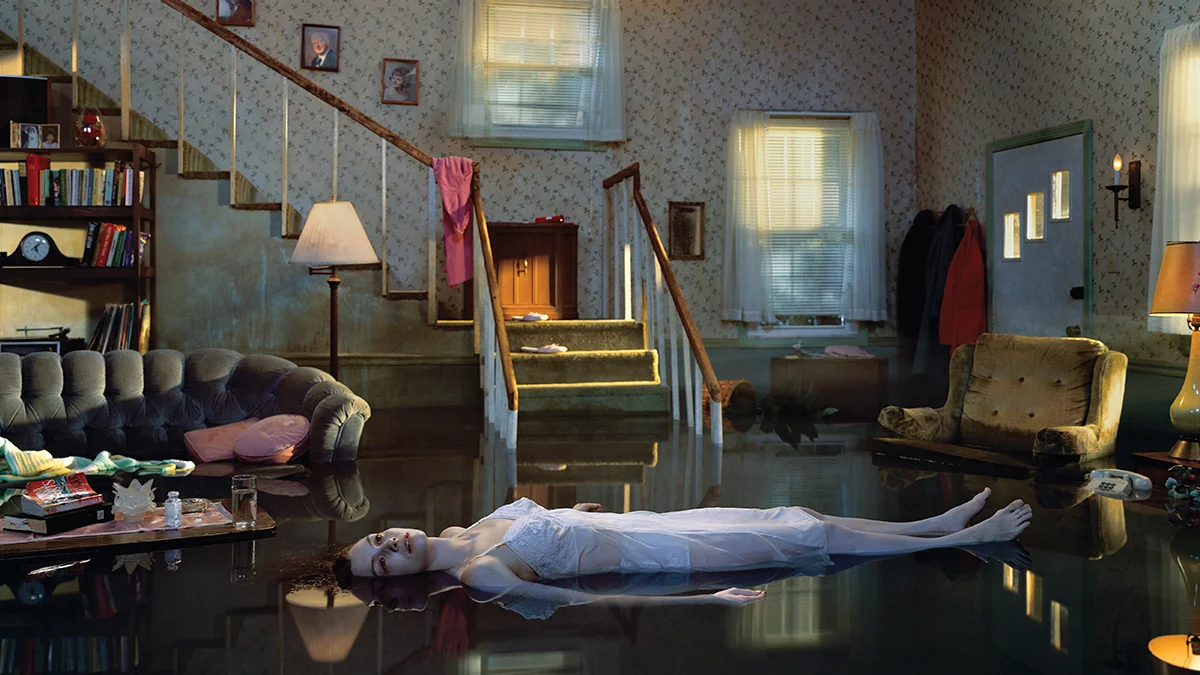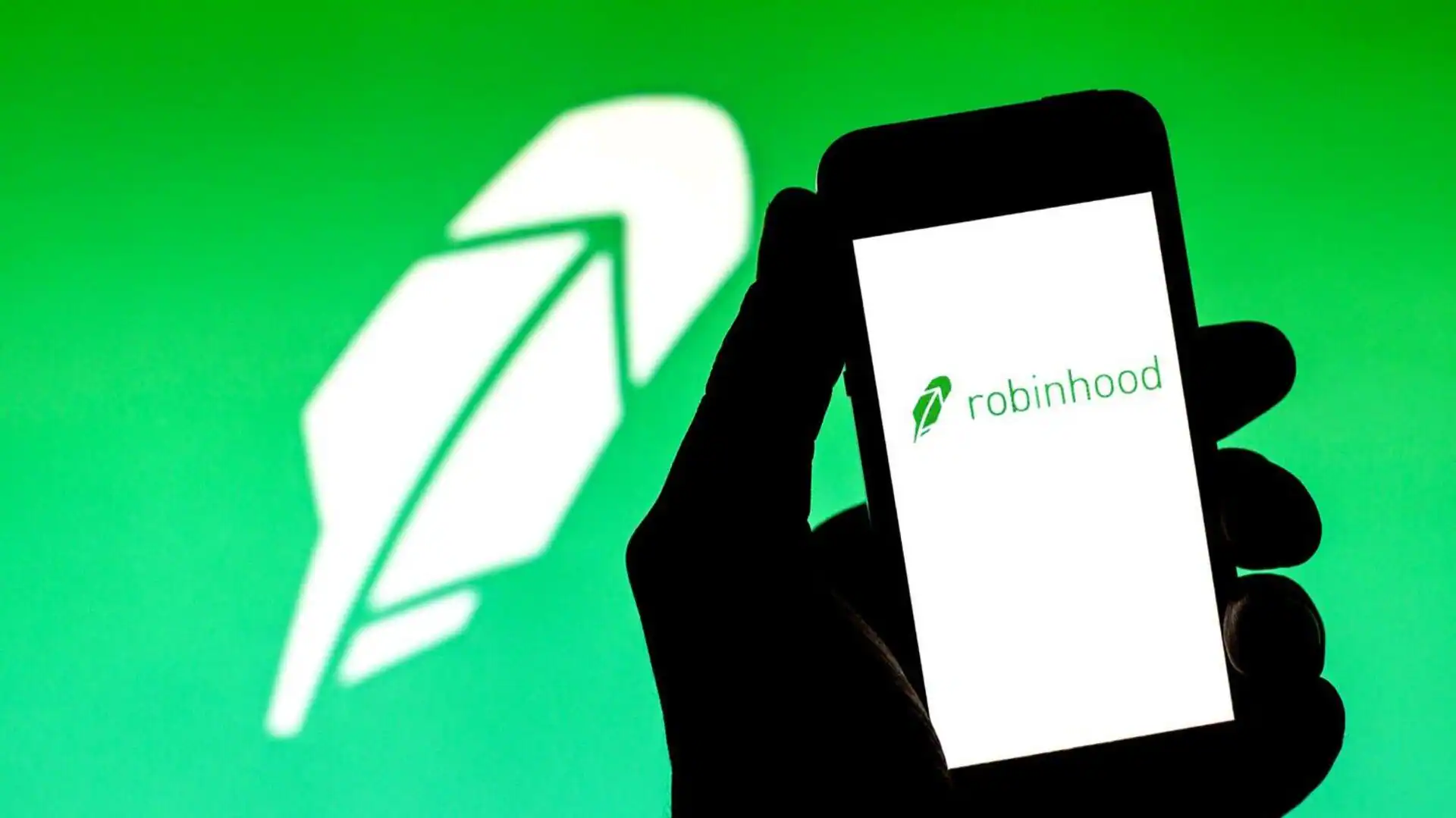By Brittani Samuel,Joel Stein
Copyright thewrap

“These new shows are so insider-y that not only has Ron Howard appeared as himself in both Hacks and The Studio, but I am almost positive he’s the murderer in the building. And that the victim is Brian Grazer.”
By Joel Stein Artwork by Gregory Crewdson
When I started pitching sitcoms 20 years ago, agents, producers and executives laid out some rules. I couldn’t set a show at a college. I couldn’t—for fear of future lawsuits that were very hard to understand—name my hero “Joel Stein.” And I couldn’t have any character involved in show business. Not writing about Hollywood was fine with me, since the only things I knew about the industry was that people there apparently didn’t go to college or use their own names.
But it seemed weird. Their argument was that entertainers’ problems aren’t relatable to audiences in the same way as plane crash survivors stranded on a tropical island with intense magnetic energy and polar bears.
As a magazine writer who profiled celebrities, I was pretty sure that people were indeed interested in show business. Plus, I loved The Dick Van Dyke Show, Action, The Larry Sanders Show, 30 Rock, The Comeback, Episodes, the fourth season of Seinfeld and every Friends episode about Mac and C.H.E.E.S.E. And I had seen Entourage. As I shot News to Me, a 2004 ABC pilot about a young newsmagazine writer not named Joel Stein, I thought, “This show would be better if he had a job people cared about.”
This past Emmy season is a rebuke to that rule. In the latest season of Hulu’s Hacks, Jean Smart’s boomer stand-up comedian hosts a late-night network talk show. The Studio, on Apple TV+, follows Seth Rogen as the head of a movie studio. And Only Murders in the Building, once a New York show about a true-crime podcast, is now an L.A. show about making a movie about people who make a true-crime podcast. No show has gotten so up its own show-business ass since a bandleader went to Hollywood to star in an MGM movie in Season 4 of I Love Lucy. These new shows are so insider-y that not only has Ron Howard appeared as himself in both Hacks and The Studio, but I am almost positive he’s the murderer in the building. And that the victim is Brian Grazer.
The surprise success of these comedies is only partly because execs made up bogus rules to try to impose logic to their jobs. It’s also because the entertainment industry has changed. And by “changed” I mean “stopped employing people.” Which is why, compared to those earlier shows like 30 Rock, Larry Sanders and Entourage, the recent spate of meta-Hollywood series don’t trade in satire as much as sadness.
30 Rock and Larry Sanders made fun of Hollywood, but that’s because Hollywood could take it. Mocking Hollywood now is like making fun of Joe Biden.
There’s not one character in any of these shows that I’d want to be, despite the fact that I still would very much like to get back on the Writer’s Guild of America insurance plan. Sure, 30 Rock and Larry Sanders made fun of Hollywood, but that’s because Hollywood could take it. Mocking Hollywood now is like making fun of Joe Biden. This past season, Hacks left the glamour of Las Vegas for the coal-mining town of Los Angeles. Jean Smart, at 73, finally gets to… host a talk show. Is there anything sadder than becoming the first woman to host a late-night talk show on a broadcast network in 2025? It’s like becoming that woman who briefly got to call herself the CEO of Twitter/X.
Whereas old showbiz shows were about people trying to hold on to relevance, these shows depict an entire industry trying to hold on to relevance. In the Hollywood classic Sunset Boulevard, when former silent film star Norma Desmond says, “I am big. It’s the pictures that got small,” it’s sad deflection of her faded stardom, a rage against talkies and technicolor and the bias against women who outgrow their ingenue phase. But now the pictures really have gotten so small they fit in your pocket.
Hollywood has been downsized enough to be relatable to whatever now amounts to a mass audience. Alex Gregory, a co-creator of The Studio, says his show’s audience is much broader than it was for another inside-Hollywood show he wrote for back in the 1990s, The Larry Sanders Show. “That was a prestige project for HBO, when HBO was saying, ‘It’s not TV. It’s HBO,’” Gregory says. In today’s Hollywood-based series, the characters are scrambling for their jobs in a scrambled industry in a scrambled world—which makes their plight relevant to people whose non-Hollywood jobs are being replaced by new technologies, new politics, and new attention spans.
The entertainment industry has lost so much power that in 2025 you can make a sympathetic comedic character out of a top Hollywood mogul. In The Studio, Rogen plays a studio head less like a screaming Louis B. Mayer and more like a pathetic, bumbling Cousin Greg from Succession. “If the show took place at Netflix, it wouldn’t be a comedy because they’re doing awesome,” Alex Gregory says. “By creating a movie studio without a streamer, we created the ultimate underdog.” Instead of trying to beat other studios or outsmart internal rivals, Rogen’s Matt Remick is a frustrated fan of classics like The Godfather forced to make a four-quadrant movie about the Kool-Aid Man. He doesn’t need to have a humanizing suburban family life to offset the glamour of his job as TV writer Rob Petry did in The Dick Van Dyke Show. His job is so unglamourous it needs to be offset by the giant John Lautner house in the Hollywood Hills where he lives, alone and Mary-Tyler-Moore-less.
It’s possible that entertainment jobs are more relatable now because so many people have one. The industry is no longer some strange corner of the economy for hot people. Every kid wants to be a YouTube star. Instagram has taught us the odd lesson that the job the economy was most lacking wasn’t doctors and nurses, but models and influencers. OnlyFans has taught us an even scarier lesson. Even people happy with their day jobs function as micro-celebrities, battling for the equivalent of Q ratings in the form of social media likes and shares. People are doing the ice bucket challenge without even raising money for a charity.
“Maybe people spent their whole day never thinking about a celebrity 30 years ago, but now they stare at them all day on TikTok,” says Kristin Newman, a writer on Only Murders in the Building. “You know all of their skin care regimes. We know what treatments Gwyneth Paltrow has done for her vagina.”
The jokes can be inside because we’re all inside now. “The thing I’m finding delightful about Hacks is the writers only get $15 per lunch order so they have ‘Mrs. Table’ order the table branzino. That’s the most inside inside,” Newman says. “Fifteen dollars is exactly how much you get in the writers’ room.”
No matter how diminished Hollywood might seem, though, it still holds an appeal to outsiders. When actress Lauren Weedman, who plays the mayor of Las Vegas on Hacks, goes home to Indiana, she’s surprised that people are still interested in stories about working on film and TV sets. “My father’s final words to me were on the phone. He was yelling at a nurse, ‘I’m on the phone with my daughter in California who is an actress.’ The last thing he did was brag about me. I was like, ‘Who cares if I’m an actor?’ But actually, they do.” Though, she admits, it doesn’t seem as impressive as it once did. These days, she says, “I put writer on my dating profile.”
The Art of Meta HollywoodGregory Crewdson
American photographer Gregory Crewdson has been searching for perfect moments since graduating from the Yale School of Art in 1988. Crewdson’s highly cinematic photographs are the result of extensive productions that mirror the scale and structure of a blockbuster film shoot. Each picture is meticulously planned, from location scouting and casting of models (often drawn from the local community), to employing Hollywood-level lighting rigs. His productions involve huge crews, line producers, and tight schedules, with often just one image captured per day.
Masterfully calibrating mood, light, and atmosphere, Crewdson aims to create images that initially lure the viewer with their beauty, only to then disturb them by exposing a sense of tension and mystery. While drawing from the language of cinema, Crewdson’s photographs resist narrative; there is no plot, no dialogue, no sound. What remains is the frozen moment, the fantasy of something meaningful, hidden beneath the surface. Secrets buried deep in the human psyche. That paradox sits at the heart of his work; through artifice and intervention, Crewdson searches for profound truths. “My pictures are about a search for a perfect moment,” he once said. “And for that instant, my life makes sense.” —Alicia Pestalozzi



